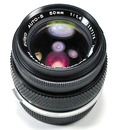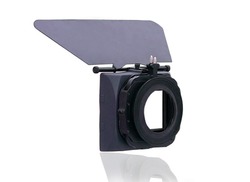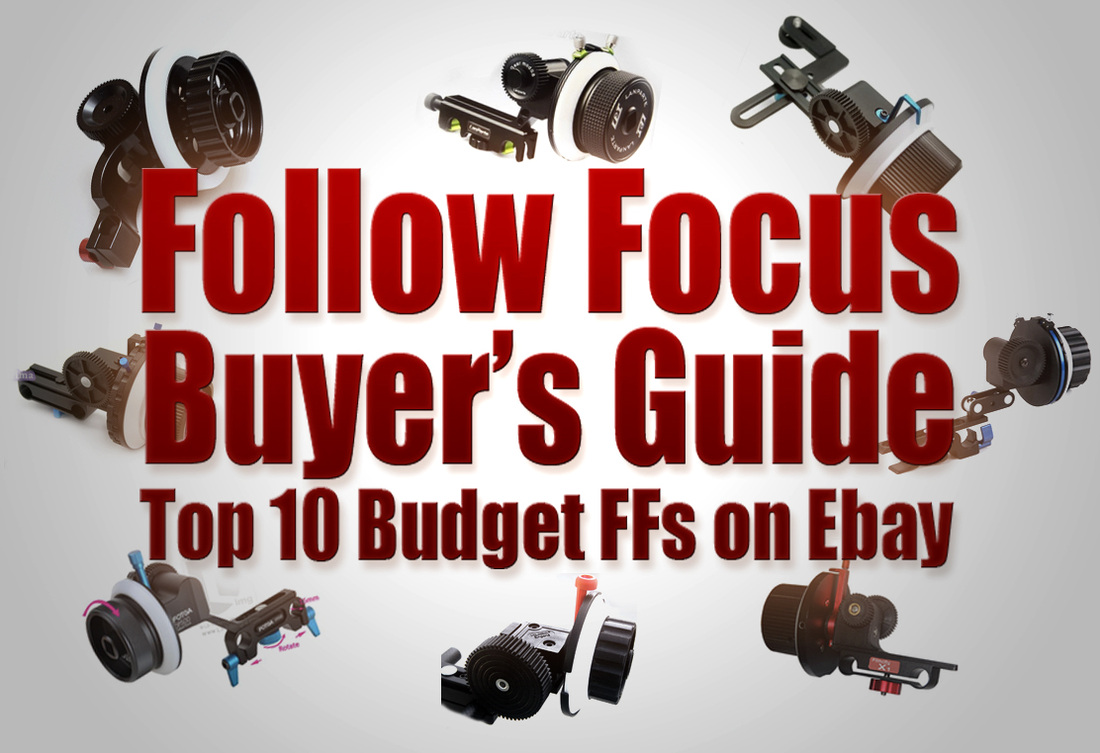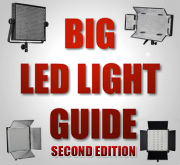The purpose of this test was to determine how well does Olympus stack up against the more (and more expensive) popular alternatives. Below are my own thoughts about the results. You are more than welcome to share your own thoughts and the comments below.
The first test was to determine how nice is the bokeh from these 3 lenses. Wide open all 3 lenses have nice, soft bokeh. The Canon, probably has the softest, Olympus is also really good, but I would say Nikon was producing the least round out-of- focus circles. I personally prefer round circles. At f/2.0 Canon and Olympus still managed to produce circle bokeh circles, while Nikon was producing heptagon bokeh, which is still fine, but I just prefer circle bokeh. Pretty much the same goes for f/2.8.
Next and much more important test was to determine the sharpness of each lens at different f-stops. In my 200% timeline video crop test, the Olympus really surprised me. At f/1.4 it appeared to have the best sharpness out of 3. It also handled the highlights from the lights at the fruit stand really well, probably even better than the 4 times more expensive Canon. Nikon had the most ghosting.
At f/2.0 Nikon has really caught up and actually performed better than Olympus. Canon performed nicely as expected.
As I was stepping down the aperture, Nikon kept getting better and probably performed the best at f/2.8. Canon was very close and Olympus stayed behind, although still a great performance for the money.
To get the better idea what the sharpness is really like I took some photos with each lens and placed on the timeline at the 400% crop. This gave a much better picture of how each lens really perforce.
At f/1.4 all 3 lenses have very similar sharpness, but Canon actually has the most chromatic aberration. At f/2.0 Nikon performed better than the other 2.
At f/2.8 Nikon was still slightly ahead of other 2 and I think when stepped down it actually performs the best, which probably explains why Nikons are so popular.
Anyone who would buy the Nikon or Olympus, would probably buy them for video work only as there is obviously no auto focusing on these lenses. The difference in image quality is not that different, especially in video mode. Both Olympus and Nikon lenses offer great value for money for video shooters. Both have very nice focusing rings (much better than Canon’s), on-lens aperture adjustment (great for different brand cameras) and they are much cheaper than the Canon (Olympus being the cheapest and Nikon slightly more expensive, but still 3 times cheaper than Canon), so if you are only using your DSLR for video, there is really no point buying Canon EF. The Canon lens is great for photographers, but does not offer such a great value for money for videographers. All 3 lenses really benefit from being stepped down to at least f/2.0. For me Olympus is probably the best wide open, so really a great choice for them low light. My Olympus is not even is such a great shape, there is some dust and spots of fungus inside, which might have affected the performance slightly. I wonder what it would have been like if it was in such a great condition as my Nikon. I have to say Nikon was probably overall the best performer for the money.
Conclusion:
Canon lens wasn’t mine; Nikon is great, but focuses clockwise unlike my Canon lenses (which is the pain with a follow focus), so I’m keeping the Olympus to be my 50mm f/1.4 for now.
I highly recommend this lens for anyone wanting to invest into some fast glass at a bargain price. If you are Nikon person, then Nikon 50mm is a better choice.

























 RSS Feed
RSS Feed
